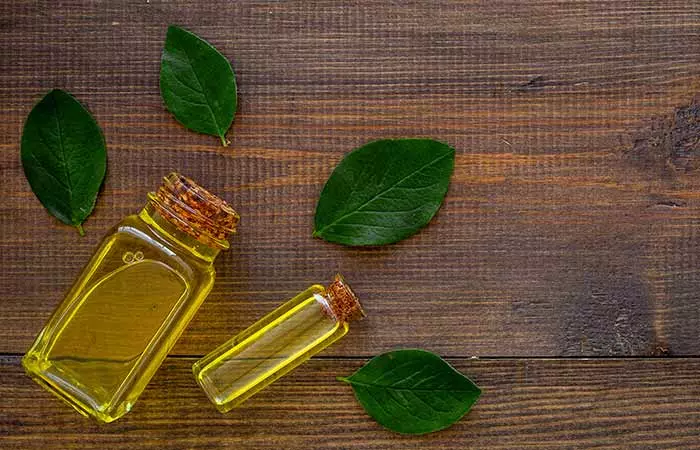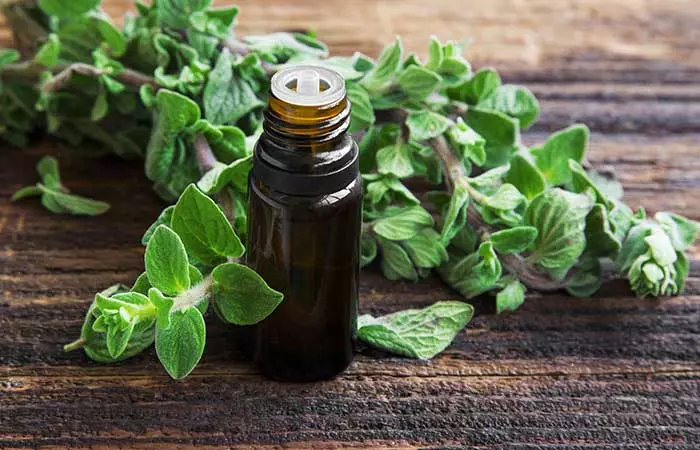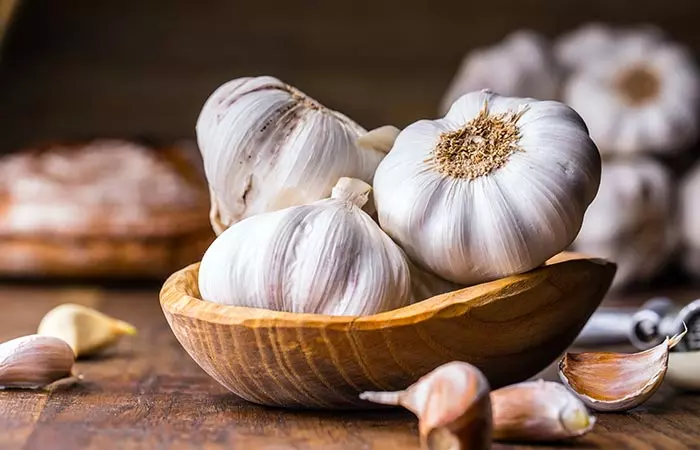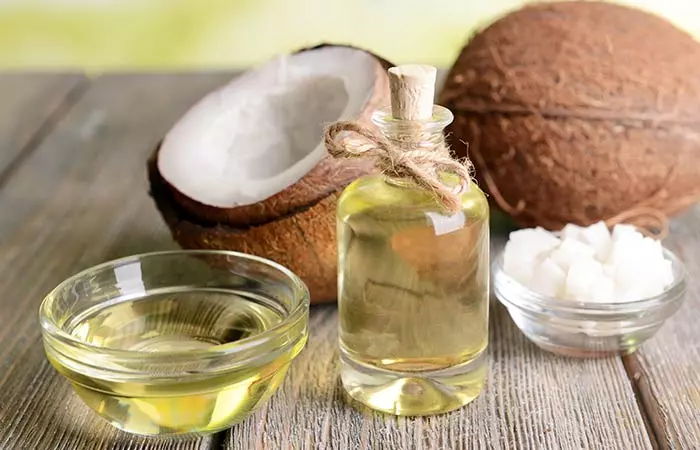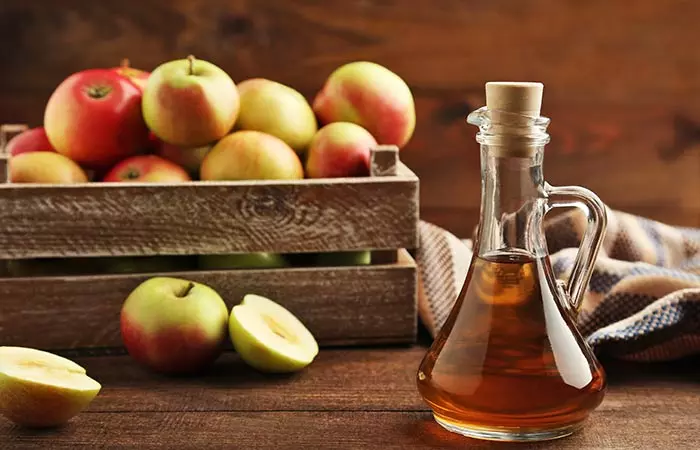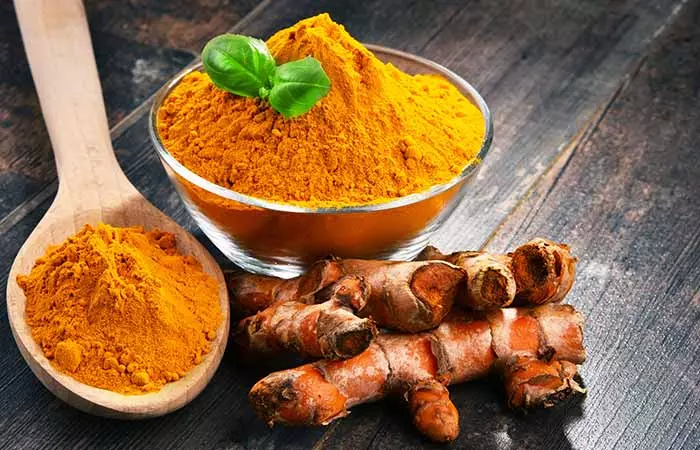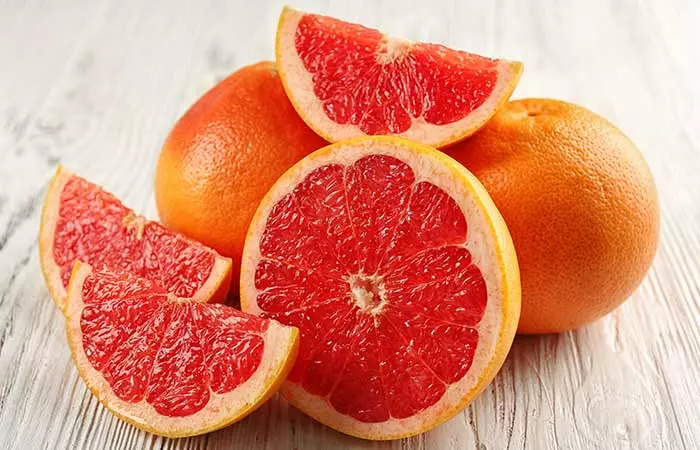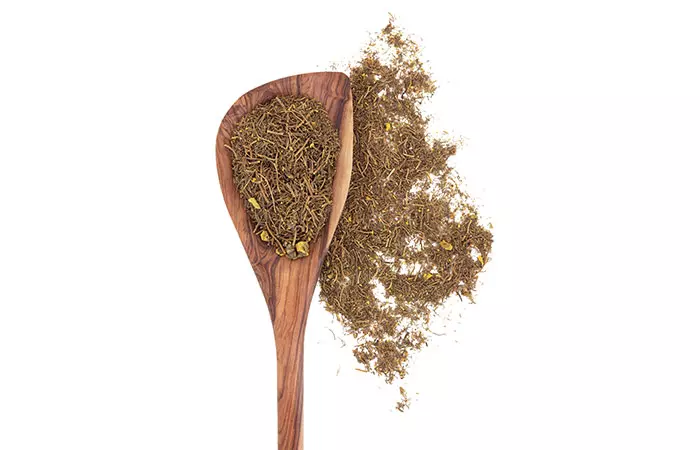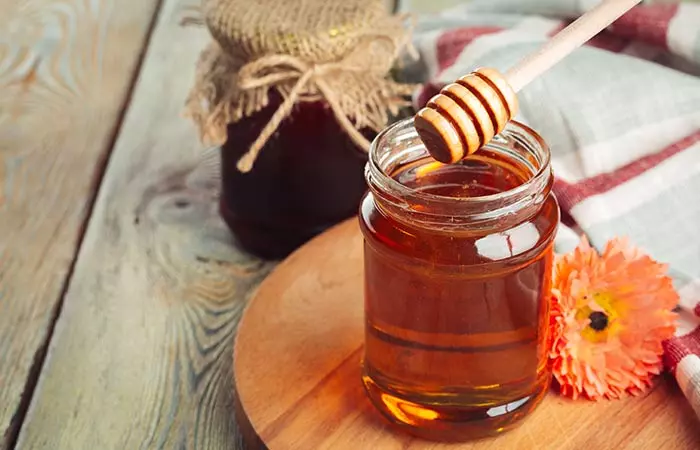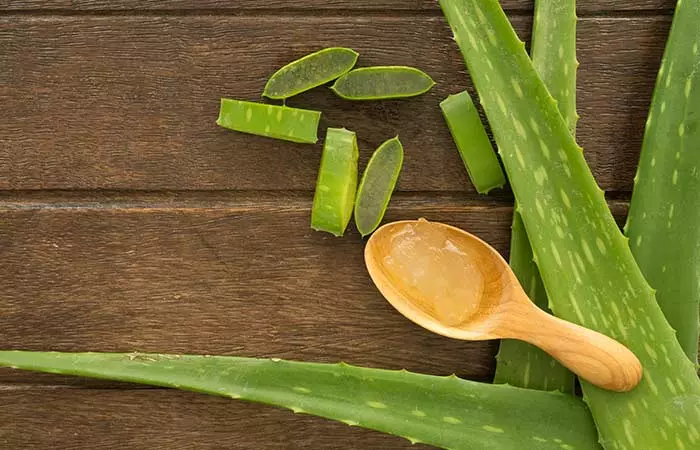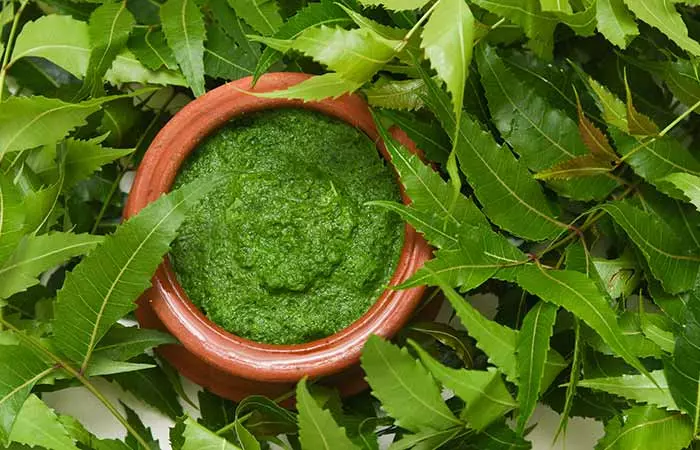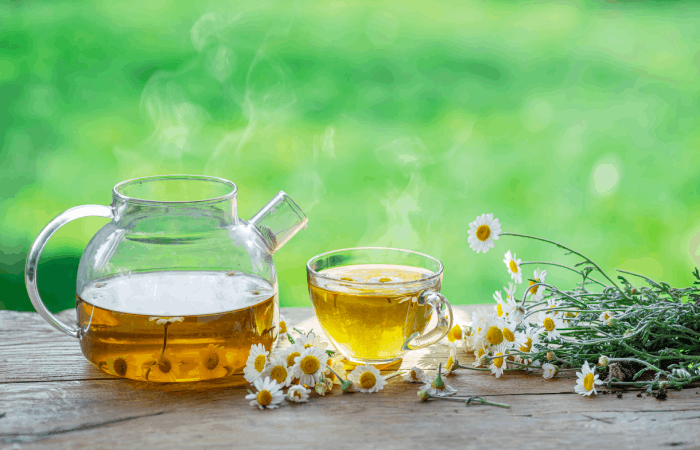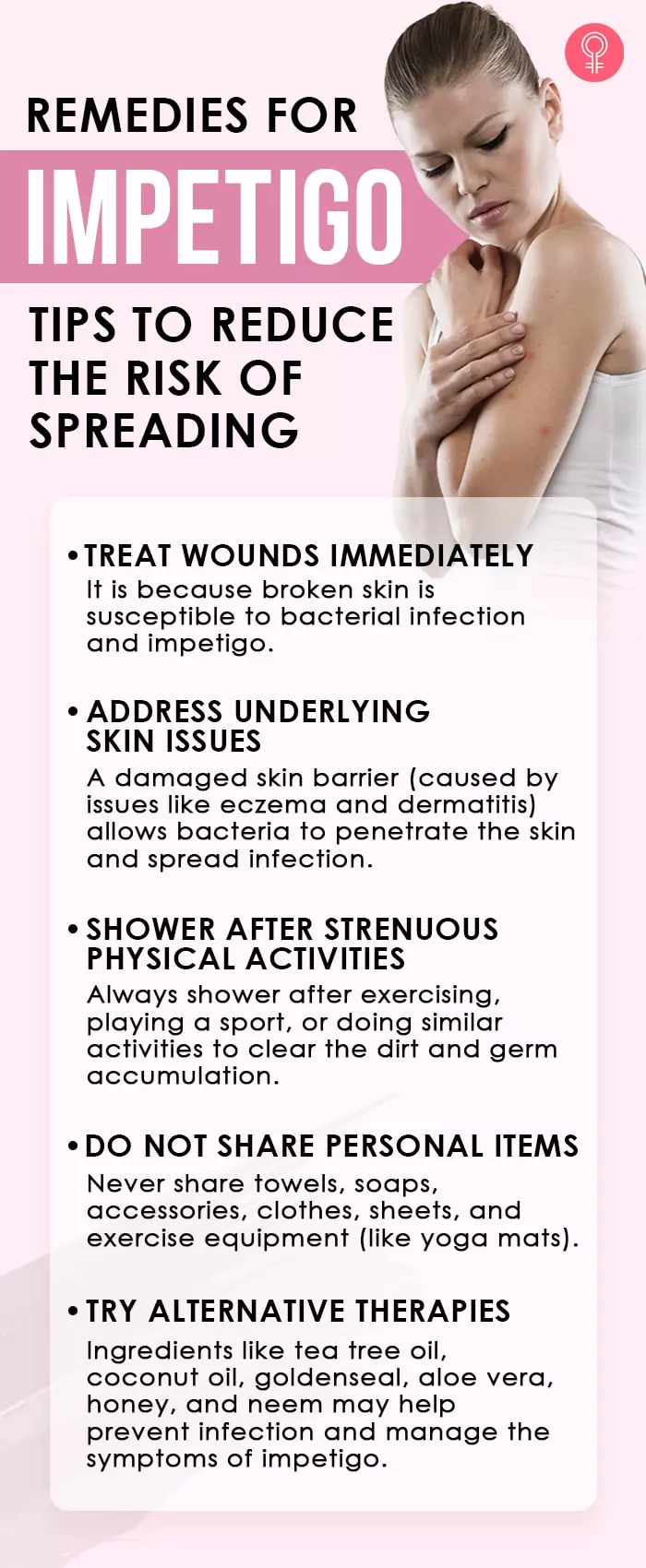A study conducted on 225,979 children found the overall incident rate of non-bullous impetigo (NBI) was 9.5 per 1000 persons a year, with children aged 1-4 having the highest incidence rate at 13.2 per 1000 persons a year. Approximately 50% of patients with impetigo may experience recurring episodes within 12 months. Symptoms of impetigo include small, red, and inflamed rashes all over the child’s torso or red sores around the nose and mouth. It would be best to treat the infection immediately before the sores leave scars. This article discusses how to soothe impetigo sores and promote healing with home remedies along with some prevention tips. Keep reading to learn more.
What Is Impetigo?
Impetigo is a skin infection that is highly contagious and very common. It is caused by the Streptococcus pyogenes or Staphylococcus aureus bacteria and can be easily treated with topical creams and medication. Impetigo usually affects infants and children and occurs in the form of red sores. These sores can burst and form honey-colored crusts. The classic signs and symptoms associated with impetigo are discussed below.
Signs And Symptoms
The common symptoms of impetigo are red sores that rupture, ooze, and finally dry to form a yellowish-brown crust. The size of these sores may range from a dime to a quarter. Such sores usually appear on the face, around the nose and mouth, and on the hands and feet of the infected person. Pamela, a mommy blogger, noticed her 11-year-old son developed a painful and itchy rash on his chin. The rash eventually worsened, oozed yellow pus, and formed scabs. She recalls, “OH how childhood memories started flooding back to me. I knew exactly what it was. I used to get it when I was a child (about his age) every summer… It was Impetigo (i)!” Bullous impetigo is a lesser known form of impetigo. It is characterized by larger blisters and occurs on the trunk of the affected child. Ecthyma is another severe type of impetigo, which penetrates deeper into the skin. It causes painful pus- or fluid-filled sores, which develop into deeper ulcers. These sores are much darker and thicker than ordinary impetigo. Let us now look at the leading triggers of this contagious infection.
What Causes Impetigo?
Impetigo is a bacterial infection triggered by Staphylococcus aureus (S. aureus) or Streptococcus pyogenes (S. pyogenes). S. aureus is present on the skin while S. pyogenes is present in the mouth flora. These bacteria cause infections when there is a cut or wound. The infection usually begins in two ways:
Primary Impetigo – The bacteria initiate an infection on healthy skin without an entry site. Secondary Impetigo – The bacteria invades the skin due to another skin condition that has disrupted the skin’s barrier (e.g., scabiesi An itchy, contagious (spreads easily through physical contact) skin rash caused by tiny mites that burrow into the skin. or eczemai A long-term allergic, inflammatory skin condition that causes itchy, swollen, and cracked skin. ).
Adults usually develop impetigo due to a skin injury from another skin condition like dermatitis, which causes skin inflammation. Children, on the other hand, are infected following a cut, scrape, or insect bite. They can also be infected without any damage to the skin when they are exposed to the infection directly or indirectly. Factors that can increase the risk of developing impetigo are discussed right below.
Risk Factors
Certain factors can increase your risk of developing impetigo. They are:
Age – It is common in children aged between 2 and 5. Crowded Environment – Impetigo can easily be contracted in crowded settings like child care or school. Warm and humid weather Sports, such as football or wrestling, which may involve direct contact with an infected person or utensil Injured skin Close dealing with an infected person Sharing utensils with an infected person
However, if you are looking for natural alternatives to manage impetigo and speed up recovery, we have your back. Discussed below are the best home remedies for skin infections.
11 Natural Remedies To Treat Impetigo
1. Essential Oils
(i) Tea Tree Oil
3-4 drops of tea tree oil 1 cup of water Cotton pads or balls
You may do this 1-2 times daily. Tea tree oil is antibacterial and can help in fighting staphylococci infections. Its anti-inflammatory properties can also help to alleviate itching and heal the sores (2).
(ii) Oregano Oil
3-4 drops of oregano oil 1 cup of water Cotton balls
You can do this 1-2 times daily. The antibacterial activities of oregano oil can weaken the biofilm formation of Staphylococcus bacteria, thereby helping in the treatment of impetigo (3). Caution: Do not use essential oils topically on children as it may lead to skin irritations like dermatitis.
2. Garlic
2-3 sliced garlic cloves You can do this once daily. Garlic has antimicrobial, immunomodulatory, and anti-inflammatory properties (4). These properties can help in treating impetigo and accelerating recovery.
3. Coconut Oil
1 tablespoon of cold-pressed coconut oil Cotton swabs
You can do this once daily. Coconut oil possesses both anti-inflammatory and analgesic properties that can help in reducing the inflammation and pain in the affected areas (6).
4. Apple Cider Vinegar
1 tablespoon of raw apple cider vinegar (ACV) 1 cup of water Cotton balls
You may do this once daily. Apple cider vinegar possesses antibacterial potential against S. aureus. It can help reduce the severity of impetigo symptoms when applied topically and speeds up the healing of the infection when consumed (7). Caution: Do not give unpasteurized ACV to children as it may lead to food poisoning.
5. Turmeric
1-2 teaspoons of turmeric Water (as required)
You may do this once daily. Curcumin is the main component of turmeric. The antibacterial nature of curcumin is effective against S. aureus (8). The antimicrobial and anti-inflammatory properties of curcumin have been used to treat many skin disorders (9). Hence, turmeric may be beneficial in treating impetigo and its symptoms.
6. Grapefruit Seed Extract
2-3 drops of grapefruit seed oil 2 tablespoons of water Cotton swabs
You can do this 2-3 times daily for faster results. Grapefruit seed extract is a powerful antibacterial agent that is effective against S. aureus – one of the two bacteria known to cause impetigo (10). It may thus be effective in treating the infection as well as its symptoms. Caution: Grapefruit seed supplement should not be taken internally by children.
7. Goldenseal
1-2 teaspoons of goldenseal powder Water (as required)
You may do this once daily. Goldenseal exhibits potent antibacterial activity against S. aureus (11). Hence, it may also be used to speed up the healing of impetigo and its symptoms.
8. Honey
1-2 teaspoons of raw honey Cotton swabs
You can do this 1-2 times daily. Honey is antibacterial and can help treat S. aureus infection on wounds (12). This suggests that honey may help in the treatment of impetigo symptoms.
9. Aloe Vera
Freshly extracted aloe gel Cotton swabs
You can do this 2-3 times daily. The wound-healing and anti-inflammatory properties of aloe vera could help in quickening the healing of impetigo sores (13), (14).
10. Neem
A handful of neem leaves Water (as required)
You can do this once daily. Neem can help in the inhibition of S. aureus biofilm formation (15). Hence, it can be an excellent remedy to get rid of the infectious impetigo sores.
11. Chamomile
5-6 chamomile flowers A cup of water
You can do this once daily. Chamomile has shown to act against Staphylococcus aureus in a few instances (16). Some research also suggests that its antimicrobial and anti-inflammatory properties may help combat the infection, accelerate wound healing, and soothe the skin (17). However, further studies are needed to understand the efficacy of chamomile against Staphylococcus aureus. These remedies can do a great job in speeding up recovery from impetigo. However, some people may have recurring bouts of the infection. Hence, you need to take great care and make a few lifestyle changes to prevent this from happening. The following are some tips that can help prevent the recurrence of impetigo.
How To Prevent Impetigo
Shower daily. Wash the infected skin daily using a mild cleanser and water. Do not touch the infected sores. Wash the clothing and other utensils of an infected person separately. Use gloves while applying a topical antibiotic. Keep skin injuries clean and covered. Wash your hands regularly. Keep your nails short. Keep the patient isolated until recovery.
How can the risk of developing impetigo be reduced, especially in children who are prone to skin infections? Dr. Marthe Dika, Board Certified Dermatologist, says, “Children prone to skin infections such as ones with atopic dermatitis should avoid contact with infected individuals, if a household member is infected, they should use separate towels, soap, and avoid sharing personal items.” Are there any long-term effects or complications that can arise from impetigo? Dr. Dika says, “Although very rare, one complication of impetigo is acute poststreptococcal glomerulonephritis (APSG) where the kidneys are affected; this is due to a specific strain of streptococcus bacteria. It is important to note that 90-95% of impetigo is caused by Staphylococcus aureus and only 5-10% arise from streptococcus or from the combination of both bacteria.” How long does it typically take for impetigo to go away with treatment? Dr. Dika, says, “Treatment recommendation for impetigo is 5–7 days with topical antibiotic +/- oral antibiotic. Once the treatment is initiated, the child can return to school 24–48 hours later or once all the lesions have healed/crusted over (no longer contagious).” What is the role of hygiene and good skin care in preventing and treating impetigo? According to Dr. Dika “Hygiene and good skin care is crucial not only in preventing and treating impetigo, but also in preventing recurrence as this infection is highly contagious! The affected area should be cleaned at least twice daily, followed by topical antibiotics. Bacterial decolonization strategies are sometimes recommended with the application of topical antibiotic to the nares (source of the infection) for about 2 weeks +/- topical body regimen with a skin antiseptic solution (eg, chlorhexidine) or diluted bleach baths.” Can you put hydrocortisone on impetigo? Yes, but only under medical supervision. Hydrocortisone may help soothe impetigo. However, it may worsen it as well. Hence, consult your doctor before use (18). Should I put a bandaid on impetigo? Yes, but only if you tend to pick your sores or have open draining ones. Otherwise, impetigo sores are usually recommended to be left open. Does Benadryl help impetigo? Yes. Benadryl is given to children with impetigo to relieve itchiness. Can you use hydrogen peroxide on impetigo? Yes, but in its diluted form (1% hydrogen peroxide). The UK National Institute of Clinical Excellence (NICE) recommends cleaning sores with 1% hydrogen peroxide cream due to its antiseptici A substance or chemical agent that slows or prevents the growth of microorganisms and reduces the possibility of infection. properties (19). How to get rid of impetigo in 24 hours? Impetigo, being a skin infection, takes time to heal, depending on severity. The remedies mentioned in the article, along with medication, might help speed up the process. However, the infection usually takes days to heal. Impetigo is a common infectious skin infection that causes red sores. Click on this video to understand how to get the right treatment for this skin issue.
